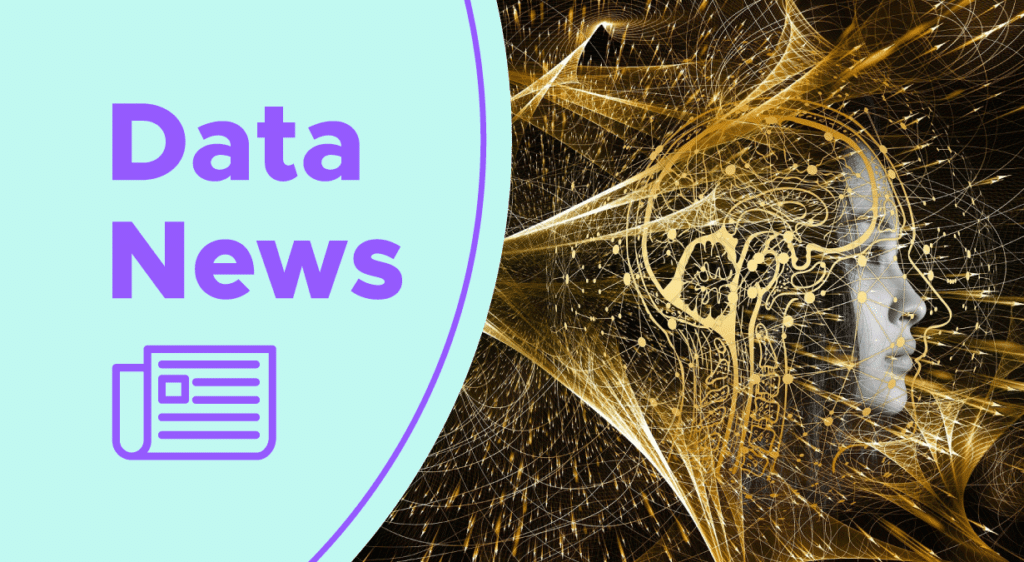Quantum Machine Learning is the combination of machine learning and quantum computing technologies. Find out everything you need to know about how it works, programming languages and existing Cloud services.
Machine Learning and quantum computing are two revolutionary technologies that are booming at the beginning of this century. Both are destined to transform the world and our lives.
Machine Learning is a sub-category of artificial intelligence that enables a computer to learn and improve by accumulating experience. In this way, rather than being programmed, the system learns autonomously in the same way as a human.
💡Related articles:
| Image Processing |
| Deep Learning – All you need to know |
| Mushroom Recognition |
| Tensor Flow – Google’s ML |
| Dive into ML |
Quantum computing involves exploiting the phenomena of quantum mechanics to perform mathematical calculations and operations. In theory, the power of a quantum computer is such that it offers new possibilities compared with a conventional computer.
Such machines can be used to carry out extremely complex simulations, design new drugs, invent new materials using atomic mapping… or train Machine Learning systems.
Indeed, when data points are projected on a large scale during Machine Learning tasks, it is difficult for a conventional computer to carry out such large-scale calculations. The operations can be carried out, but it will take many hours.
Thanks to the superposition of bits, quantum computers can overcome this problem and greatly accelerate machine learning. This is “quantum machine learning”.
How does Quantum Machine Learning work?
Quantum Machine Learning can be performed on any quantum computer accessible via the Cloud. You start by configuring the number of attempts the algorithm will make, the number of qubits the circuit will have (equivalent to the number of dataset features), and then launch the Machine Learning algorithm with quantum behavior.
A quantum computer can be used and trained like a neural network, and neural networks have quantum physics characteristics. A trained quantum computer circuit can be used to classify the content of images. To do this, the image is encoded in the physical state of the device and measurements are taken.
Quantum Machine Learning goes further than using quantum computers to solve machine learning problems. A quantum computer is capable of modifying itself the control parameters required to become better at performing a specific task. The concept of “learning” is thus taken a step further.
What are the programming languages for Quantum Machine Learning?
For Quantum Machine Learning, we mainly use Python’s Qiskit and Pennylane libraries. Qiskit is an open source SDK for working with quantum computers at the pulse, circuit and algorithm levels. It provides tools for creating and manipulating quantum programs, and enables them to be run on prototype quantum devices.
Pennylane, for its part, makes it possible to change parameters within a gradual descent optimization. This is known as “quantum gradual descent”. This library is multi-platform and can be easily integrated with Qiskit.
What are quantum Machine Learning services?
There are already several services available for quantum Machine Learning. IBM offers its Q Experience: an online platform for accessing various quantum processor prototypes via the Cloud. The service includes a circuit composer, and supports Python and Qiskit.
For its part, Rigetti Computing offers the Forest tool suite entirely dedicated to quantum computing. It includes a programming language and development tools.
Finally, Canadian startup Xanadu provides cloud access to a photonic quantum processor. This can handle chips with 8, 12 or 24 qubits.
Quantum Machine Learning is still in its infancy. However, a number of applications are already proving highly successful, and this disruptive technology should open up new opportunities in the future…
Now you know all about Quantum Machine Learning. For more information on the subject, take a look at our introduction to Machine Learning or our tips for learning the Python language.










